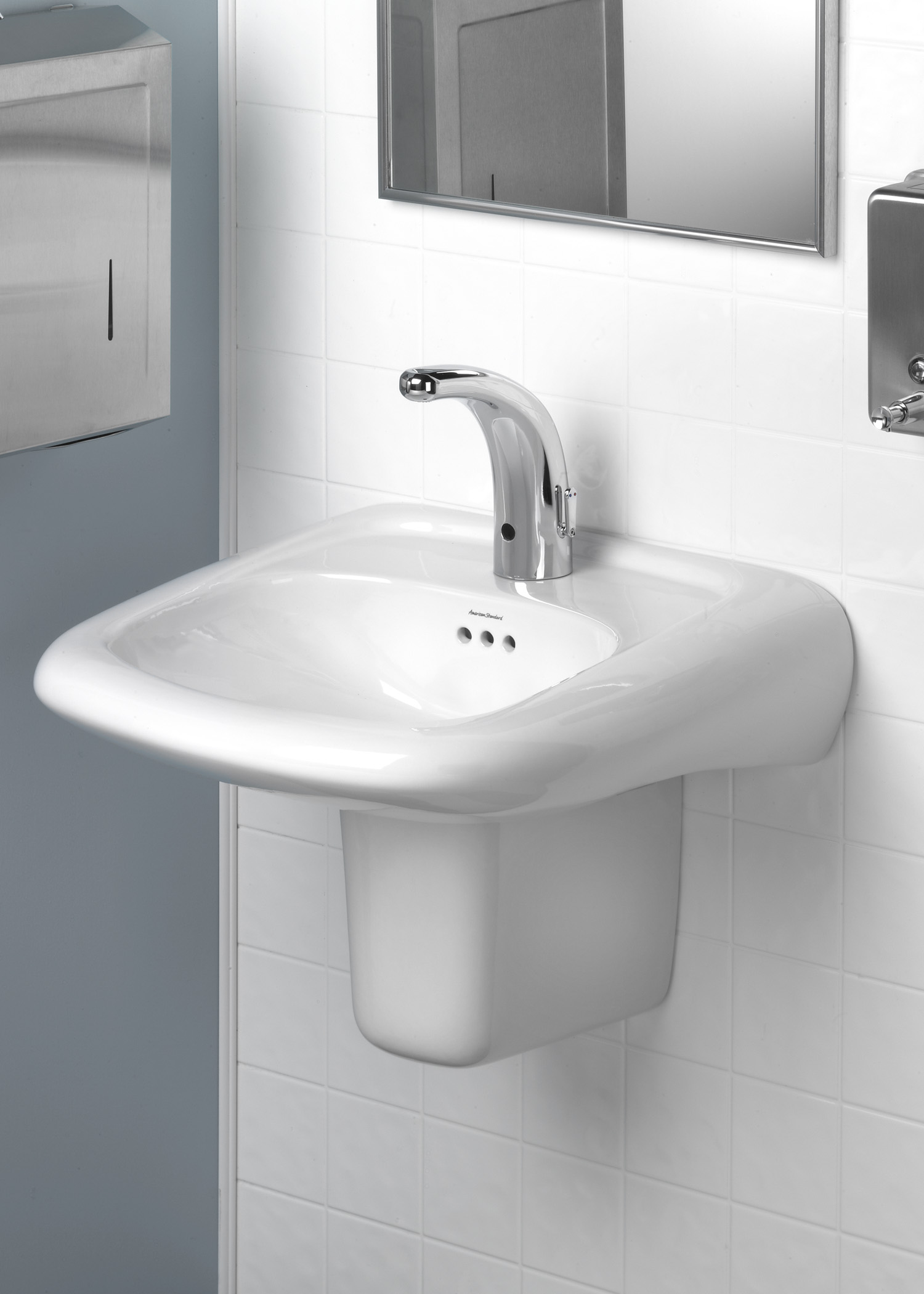IAPMO Develops Water Demand Calculator for Residential Buildings
ONTARIO, Calif. – The International Association of Plumbing and Mechanical Officials has made available a Water Demand Calculator that estimates peak water demand in residential buildings. The WDC will appear in the appendices of both the 2018 Uniform Plumbing Code and the 2017 Water Efficiency and Sanitation Standard. The 2018 UPC and the 2017 WE•Stand are published as American National Standards.
The WDC provides an easy-to-use, statistically based method for estimating peak water supply demand for single- and multi-family residential dwellings, resulting in more accurately sized systems consistent with the lower flow rates and consumption values from water-efficient plumbing fixtures and appliances. To assist plumbing system designers and to encourage proper use and promote uniform application of the new approaches for estimating peak indoor demands, the WDC has been developed in a Microsoft Excel spreadsheet that can be downloaded at http://www.iapmo.org/WEStand/Pages/WaterDemandCalculator.aspx.
IAPMO initiated a Memorandum of Understanding with the American Society of Plumbing Engineers and the Water Quality Research Foundation to form a special task force to revise the methodology for properly estimating premise plumbing water supply demands in response to the increased use of water-conserving plumbing fixtures, fixture fittings and appliances and the subsequent decreased demand for water in single- and multi-family residences.
The WDC eliminates the need to count fixture units and replaces an outdated design curve that does not take modern water flows into account. To facilitate easy usage, the WDC simply requires the input of the number of plumbing fixtures for the building supply or the individual branches and risers and directly computes the peak demand by seamlessly applying a complex statistical formula that works behind the scenes. Once the WDC determines peak demand, currently applied and well-established procedures that appear in Appendix A of the UPC and other model plumbing codes are followed to determine pipe sizing. Use of the WDC is estimated to provide between a 15 to 65 percent reduction in water demand estimates, depending of the size of the residential structure, when compared to current pipe sizing methods.
For specific information about the Water Demand Calculator or feedback on the results from using it, contact Dan Cole at dan.cole@iapmo.org.



